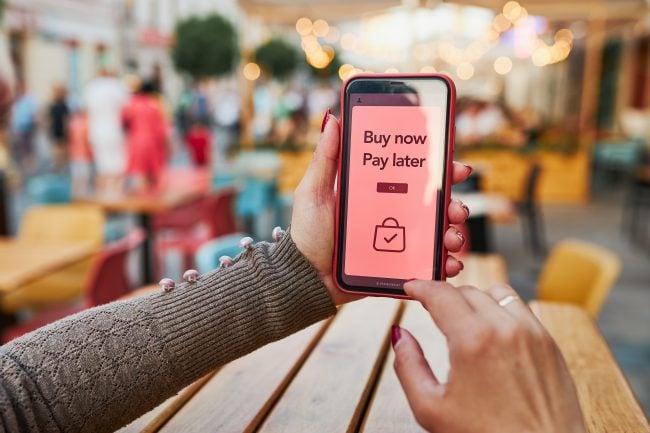
A side note to the reported vulnerability of Zelle, which enables real-time consumer payments, may be that the jury is still out on the peer-to-peer network with many financial institutions.
In 2017, 63.5 million U.S. users accessed mobile P2P payment apps on the way to a projected 113.5 million by 2021, according to Statista. In its January 2018 Monkey Insights. Austin, Texas-based digital banking provider Malauzai Software, said in 2017 P2P payments increased by 30%. “The big news around P2P is growth continues, but not as robust as last year,” chief product officer Robb Gaynor of Malauzai said. He added more than 11% of credit unions and banks now have P2P available.
P2P payments are not quite taking consumers by storm. “We do know P2P can work. Venmo proves it and Venmo (PayPal) does it without a bank in the middle,” Gaynor advised. Venmo revenue for the first quarter 2018 was $3.69 billion; with $132 billion in total payment volume, and $49 billion coming from mobile transactions.
The payoff and demand are why some financial institutions united to create Zelle, operated by Early Warning Services, a Scottsdale, Ariz. consortium, as a competitive offering to services such as Venmo, Popmoney, and Square Cash.
An estimated $75 billion went through Zelle last year with almost 60 financial institutions live and a slew of other community banks and credit unions that should go live with by the 2019's first quarter, Gaynor indicated.
Gaynor suggested, “Many of my clients are not going to sign up because if it doesn't work a whole lot better to engage the consumer then why not just use regular P2P, which is a lot less expensive and easier to get out there.”
Most consumers are not getting a lot of value from bank-centric P2P so far, Gaynor noted. “And now there is a potential Venmo-killer on the docket with Zelle. A choice, or a perceived choice, to enable a P2P capability that will truly appeal to consumers and will become what Venmo is today, a good option for transferring money to friends.” The choice comes with baggage unfortunately and a challenge.
“It has an opportunity to do really well, but it has to get out there quickly and what I'm seeing is that's not going to happen because the software vendors are involved now.” Zelle provides a message set and a directory, which a payment provider must build around to create an offering. “It's kind of a shame because I think it's really cool, but I think it's going to take a while to get out there.”
In the end, community financial institution executives have a choice to make. Malauzai indicated Zelle offers a very clear alternative for credit unions and banks seeking a P2P solution. “While It might not today be quite as functional as alternative P2P solutions, two-way P2P, combining P2P and account to account transfers as examples, but a good alternative nonetheless” Gaynor said. He added real-time is the key ingredient. “So Zelle is a good alternative for P2P.”
The critical element for credit unions and banks, suggested Gaynor, comes with the vendor choice. If they choose Zelle, they must also select a vendor who packages Zelle as a turnkey solution. If credit unions and banks choose to build directly to the Zelle/Early Warning standard, they take on lots of development, so going with a vendor who has done that work already is probably a very good idea.
There is another caveat “As a developer, you can see Zelle asking for a level of conformity and consistency, especially when it comes to the user interface. Not the worst thing because if the solution is to work, it must be the same everywhere. Still, it feels like a set of restrictions,” Gaynor noted in a brief. How do credit unions differentiate P2P and its mobile offering if this key feature is so commoditized?
If financial institutions use Zelle, it is at the expense of other P2P options. There is an alternate solution, Gaynor said, an app with two alternatives, “Both Zelle and a legacy bank-centric solution. This is not a completely crazy idea.”
© 2025 ALM Global, LLC, All Rights Reserved. Request academic re-use from www.copyright.com. All other uses, submit a request to [email protected]. For more information visit Asset & Logo Licensing.






